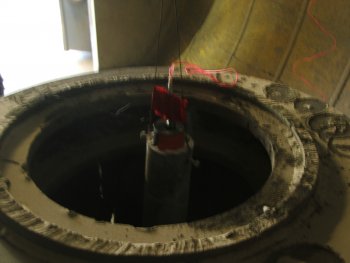EnviroDaren
Active Member
Greetings, Knife Dogs!
I have patented an explosive process that makes an amazing polishing agent consisting of diamond-enhanced ceramic powders. To do this I pack a steel pipe with my explosive, detonate this inside of a large vessel, and extract the powder that is produced.
The detonation obliterates the pipe and many of the pieces of shrapnel look like really cool starting points for making swords and knives. Check out this variety of shrapnel pieces we made:
And watch how fast you can use the detonation powder to put a mirror finish on an old tarnished knife:
I have accumulated many buckets of pipe shrapnel and want to do something good with it rather than sell it as scrap steel. My initial goal here is to ship a few complimentary pieces to a few knife and sword makers to determine whether this type of steel is suitable for use.
Message me with your request, questions or feedback.
Thanks - Daren
I have patented an explosive process that makes an amazing polishing agent consisting of diamond-enhanced ceramic powders. To do this I pack a steel pipe with my explosive, detonate this inside of a large vessel, and extract the powder that is produced.
The detonation obliterates the pipe and many of the pieces of shrapnel look like really cool starting points for making swords and knives. Check out this variety of shrapnel pieces we made:
And watch how fast you can use the detonation powder to put a mirror finish on an old tarnished knife:
I have accumulated many buckets of pipe shrapnel and want to do something good with it rather than sell it as scrap steel. My initial goal here is to ship a few complimentary pieces to a few knife and sword makers to determine whether this type of steel is suitable for use.
Message me with your request, questions or feedback.
Thanks - Daren

